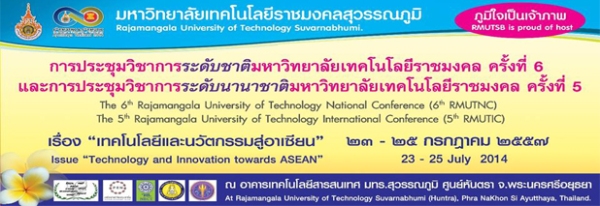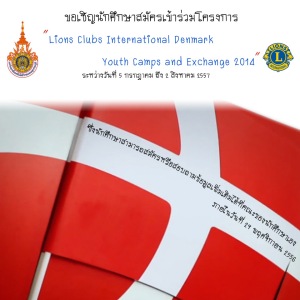The History of Christmas Day
In the Western world, the birthday of Jesus Christ has been celebrated on December 25th since AD 354, replacing an earlier date of January 6th. The Christians had by then appropriated many pagan festivals and traditions of the season, that were practiced in many parts of the Middle East and Europe, as a means of stamping them out.
There were mid-winter festivals in ancient Babylon and Egypt, and Germanic fertility festivals also took place at this time. The birth of the ancient sun-god Attis in Phrygia was celebrated on December 25th, as was the birth of the Persian sun-god, Mithras. The Romans celebrated Saturnalia, a festival dedicated to Saturn, the god of peace and plenty, that ran from the 17th to 24th of December. Public gathering places were decorated with flowers, gifts and candles were exchanged and the population, slaves and masters alike, celebrated the occasion with great enthusiasm.
Continue reading →










